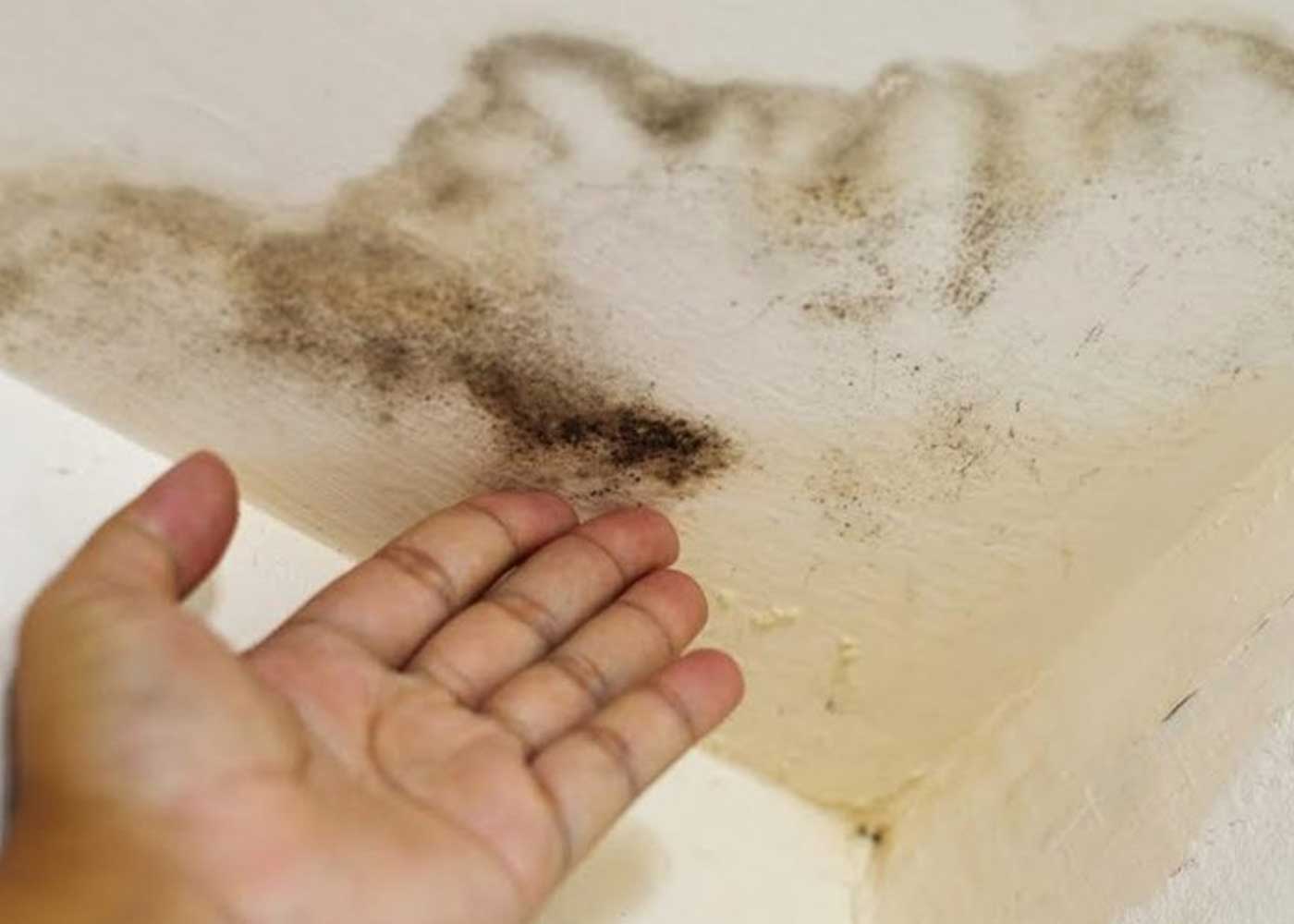
Find the source.
Once you notice that your roof is leaking, like from water damage or a dripping ceiling, start looking for the source of the leak in your attic or crawl space underneath your roof. If you don’t have access to either of these locations, try scoping out the damage from outside your home. To prevent further damage, ask a roofer or contractor to climb onto the roof to investigate if the leak still can’t be found.
Capture water damage. Documenting the extent of the damage to your home is a necessary precursor to filing a homeowners insurance claim. If you can locate the source of the leak, make sure to take a picture of it and the roof damage.
Do damage control. For a temporary solution until repairs are made, use buckets to catch water from leaky ceilings and move items out of the way to prevent further damage. Using fans to dry the area as much as possible can also help prevent mold. If the damage has created standing water, it’s a good idea to use a wet vacuum or mop up the water.
Contact your insurance provider. Once the above steps are taken, contact your insurance provider and communicate with an agent to submit the roof claim. This will help you get an estimate for how much the repairs or replacement will cost and how much your insurance provider will cover.
How To Find A Roof Leak
To find the source of the roof leak, the first place to go if you have access is your attic. Going up to your attic on a rainy day is preferable since water reflects light and you can use your flashlight to identify where the water is leaking through. Make sure to mark the area so you can come back to it.
If you don’t have access to your attic or you’re still unable to find the source of the leak, there are plenty of other places to check such as the shingles, gutters, gaskets around pipes, downspouts or ridge caps. It also helps to check the flashing, dormer valleys and boots – the rubber seals around electric and plumbing vent pipes, exhaust fan flashing and air vents.
If you can’t locate damage on the roof, such as cracks in the chimney base or near vent pipes, you should try examining the home from the inside. Homeowners with attic access should go up with a flashlight to look for evidence of roof leaks like water stains, black marks or mold.

